
New Photos
December 11, 2005
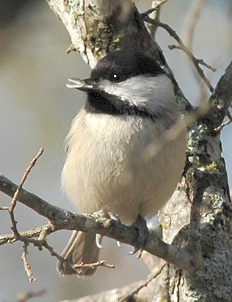 |
|
| On the coldest morning, this chickadee was fluffed up as much as possible while eating a sunflower seed. | |
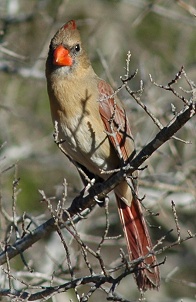 |
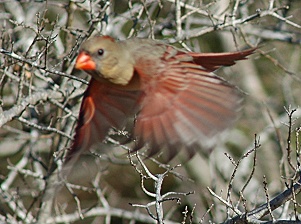 |
| This female cardinal became alarmed when I turned the big lens her way. Here she's giving me a very suspicious look.... | And here she's flying away. I thought I'd just missed the shot, but instead I just caught her. |
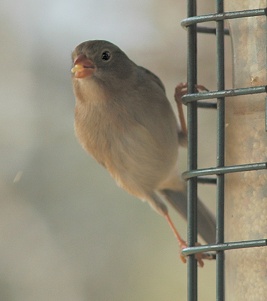 |
 |
| Field sparrows eat at the hanging feeders, alongside chickadees, titmice, and finches. Other sparrows feed on the ground. | This male house finch sometimes drinks with goldfinches...and when the red and the yellow are in the water together, it's something to see. |
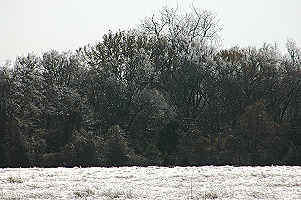 |
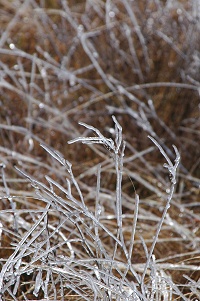 |
| The entire open grass was covered with ice from the freezing mist and rain and sleet. It looked like a rumpled white blanket, more glittery than snow. | Although the top of the grass layer was ice-crusted, it had not penetrated into the taller grass, so small birds and animals could shelter there; the shorter grass gave less protection. |
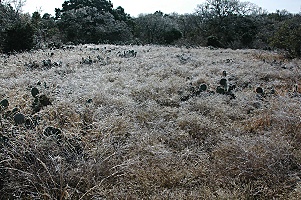 |
|
| Cactus flats looked really decorative, since the broomweed between the cacti--and every spine on the cactus--caught and held bits of sparkling ice. | |
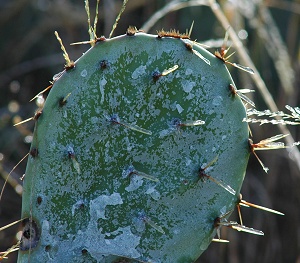 |
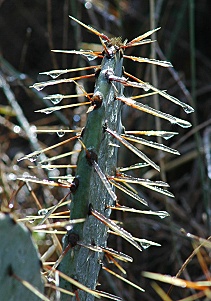 |
| By afternoon, the ice on the cactus pads was beginning to flake off. | And on some of the spines the ice was starting to melt--but on the other side of the pad, the spines still had their coating of ice. |
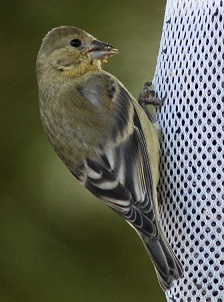 |
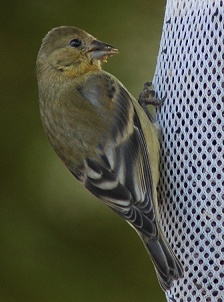 |
| This goldfinch picture is crisp...but the dead black eye with no highlight doesn't look natural. | Here, applying a correction to the eye alone brings up a natural-looking highlight. |
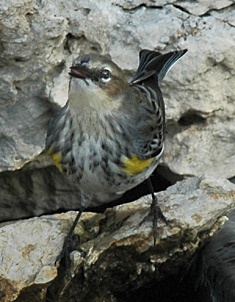 |
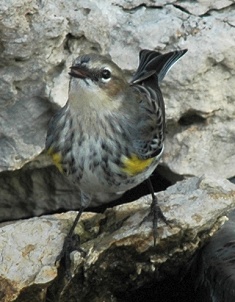 |
| Too much lightening produced an eye that almost looked diseased. | Here, less lightening looked more natural--and healthy. |
![]()

